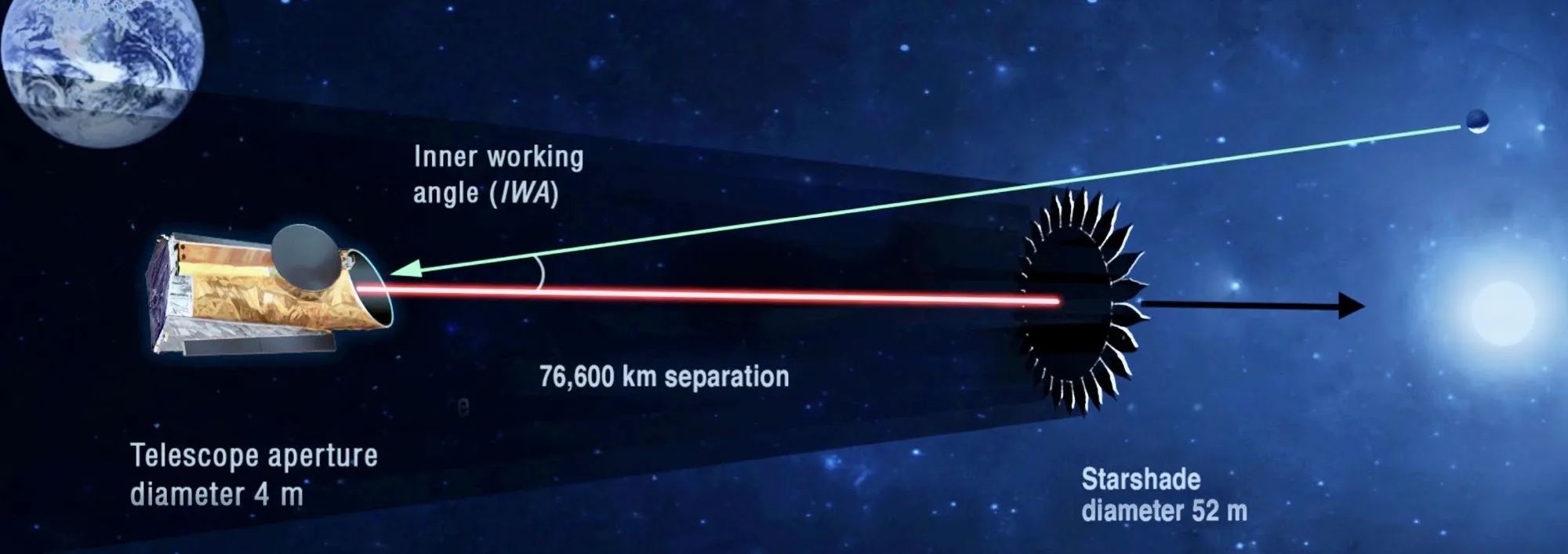One underappreciated aspect of the current flood of exoplanet discoveries is the technical marvels that enable it. Scientists and engineers must capture and detect minute signals from stars and planets light years away. With the technologies of even a few decades ago, that would have been impossible – now it seems commonplace. However, there are still some technical hurdles to overcome before finding the “holy grail” of exoplanet hunting – an Earth analog. To help that discussion, a team of researchers led by Bertrand Mennesson at NASA’s Jet Propulsion Laboratory has released a paper detailing the current experimental and theoretical work around one of the most critical technical aspects of researching exoplanet atmospheres – starshades.
Continue reading “Suppressing Starlight: How to Find Other Earths”An Ambitious New Technology Might be Needed to See Other Earths
The race is on to discover truly habitable Earth-like worlds. While we are starting to observe the atmospheres of large potentially habitable planets such as Hycean worlds with the telescopes we currently have, the most significant breakthroughs will likely come with the development of advanced specialized telescopes. These new designs will likely use a starshade to hide the glare of a star and allow us to directly observe its exoplanets. But will that be enough to study distant terrestrial planets?
Continue reading “An Ambitious New Technology Might be Needed to See Other Earths”Planning is Underway for NASA’s Next Big Flagship Space Telescope
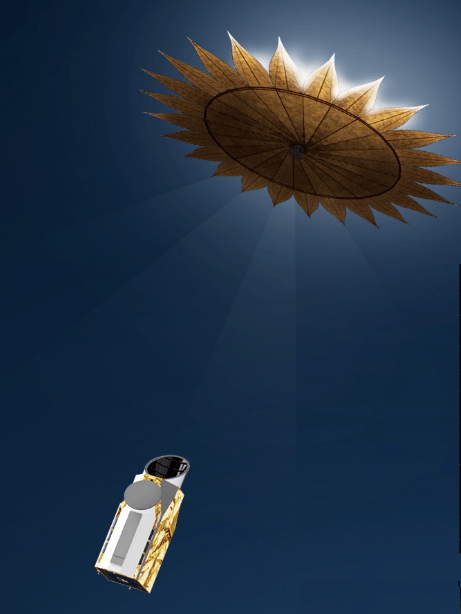
NASA’s James Webb Space Telescope (JWST) has only been operational for just over a year, but this isn’t stopping the world’s biggest space agency from discussing the next big space telescope that could serve as JWST’s successor sometime in the future. Enter the Habitable Worlds Observatory (HWO), which was first proposed as NASA’s next flagship Astrophysics mission during the National Academy of Sciences’ Decadal Survey on Astronomy and Astrophysics 2020 (Astro2020). While its potential technological capabilities include studying exoplanets, stars, galaxies, and a myriad of other celestial objects for life beyond Earth, there’s a long way to go before HWO will be wowing both scientists and the public with breathtaking images and new datasets.
Continue reading “Planning is Underway for NASA’s Next Big Flagship Space Telescope”Ground-Based Observatories Could use Starshades to see Planets too
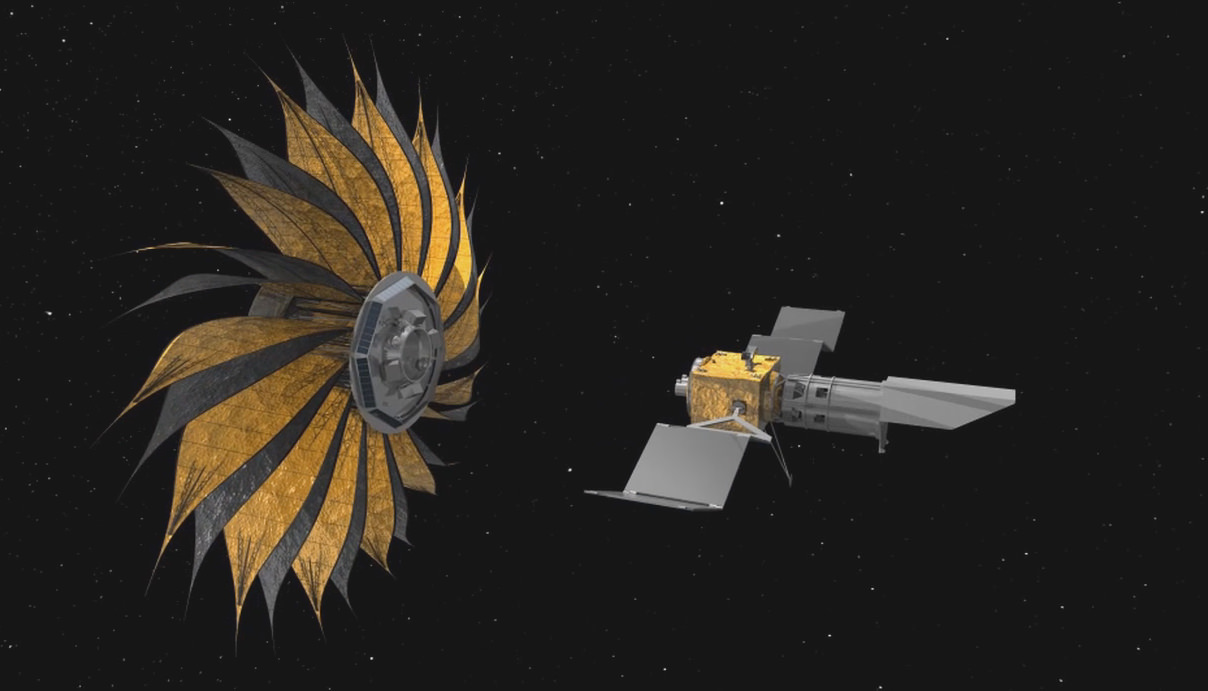
All hail the occulter: an orbiting starshade for ground-based telescopes.
Continue reading “Ground-Based Observatories Could use Starshades to see Planets too”To Take the Best Direct Images of Exoplanets With Space Telescopes, we’re Going to Want Starshades
Between 2021 and 2024, the James Webb (JWST) and Nancy Grace Roman (RST) space telescopes will be launched to space. As the successors to multiple observatories (like Hubble, Kepler, Spitzer, and others), these missions will carry out some of the most ambitious astronomical surveys ever mounted. This will range from the discovery and characterization of extrasolar planets to investigating the mysteries of Dark Matter and Dark Energy.
In addition to advanced imaging capabilities and high sensitivity, both instruments also carry coronagraphs – instruments that suppress obscuring starlight so exoplanets can be detected and observed directly. According to a selection of papers recently published by the Journal of Astronomical Telescopes, Instruments, and Systems (JATIS), we’re going to need more of these instruments if we truly want to really study exoplanets in detail.
Continue reading “To Take the Best Direct Images of Exoplanets With Space Telescopes, we’re Going to Want Starshades”Nancy Grace Roman Space Telescope Could Get A Starshade Of Its Own
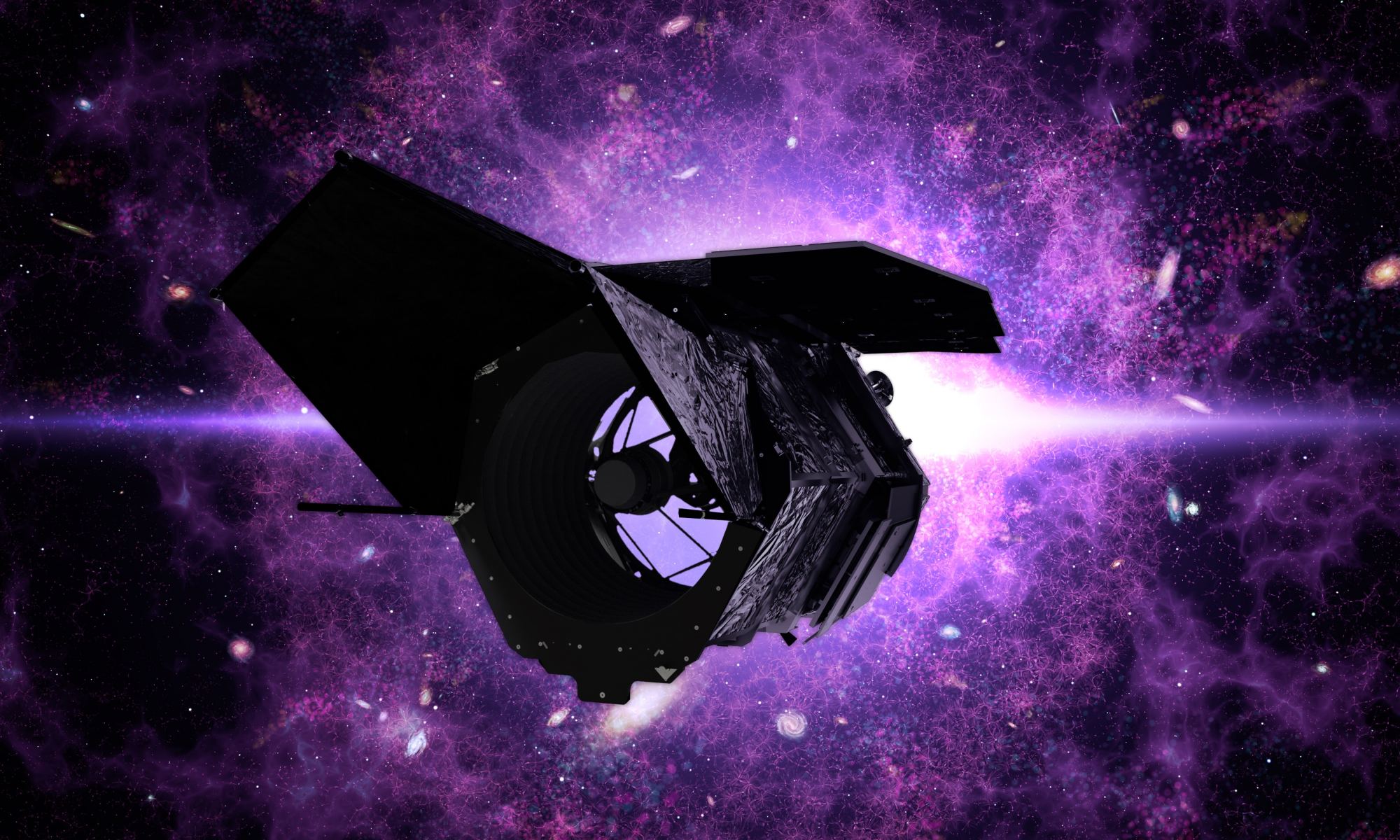
NASA’s Nancy Grace Roman Space Telescope is getting closer and closer to its launch date in 2025. This Hubble-class wide-field infrared telescope is going to help astronomers discover the nature of dark energy, discover planets, and perform large area surveys of the night sky.
But even with its power, the telescope will be limited in its ability to examine planets.
A team of engineers is proposing to fly a follow-on mission to Nancy Grace: a Starshade. This petal-shaped spacecraft could fly in formation with the telescope, blocking the light from stars, and helping it see the fainter planets nearby.
An exceptional telescope gets an upgrade? That seems like a win-win.
Continue reading “Nancy Grace Roman Space Telescope Could Get A Starshade Of Its Own”There are Natural Starshades Out There, Which Would Help Astronomers Image Exoplanets
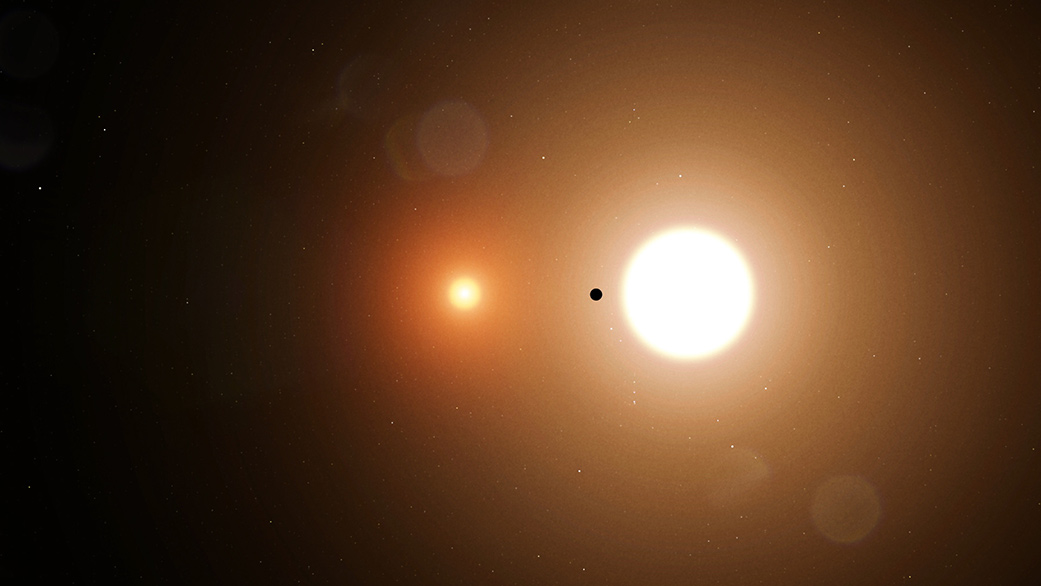
In the past few decades, the study of extrasolar planets has grown by leaps and bounds, with the confirmation of over 4000 exoplanets. With so many planets available for study, the focus of exoplanet-researchers is shifting from discovery to characterization. In the coming years, new technologies and next-generation telescopes will also enable Direct Imaging studies, which will vastly improve our understanding of exoplanet atmospheres.
To facilitate this process, astronomers will rely on costly technologies like coronagraphs and starshades, which block out the light of a star so any planets orbiting it will become more visible. However, according to a new study by an international team of astronomers and cosmologists, eclipsing binary stars could provide all the shading that’s needed to directly image planets orbiting them.
Continue reading “There are Natural Starshades Out There, Which Would Help Astronomers Image Exoplanets”In Order to Reveal Planets Around Another star, a Starshade Needs to Fly 40,000 km Away from a Telescope, Aligned Within Only 1 Meter

To assist with future efforts to locate and study exoplanets, engineers with NASA’s Jet Propulsion Laboratory – in conjunction with the Exoplanet Exploration Program (ExEP) – are working to create Starshade. Once deployed, this revolutionary spacecraft will help next-generation telescopes by blocking out the obscuring light coming from distant stars so exoplanets can be imaged directly.
While this may sound pretty straightforward, the Starshade will also need to engage in some serious formation flying in order to do its job effectively. That was the conclusion of the reached by the Starshade Technology Development team (aka. S5) Milestone 4 report – which is available through the ExEP website. As the report stated, Starshade will need to be perfectly aligned with space telescopes, even at extreme distances.
Continue reading “In Order to Reveal Planets Around Another star, a Starshade Needs to Fly 40,000 km Away from a Telescope, Aligned Within Only 1 Meter”What is the Direct Imaging Method?

Welcome back to the latest installment in our series on Exoplanet-hunting methods. Today we begin with the very difficult, but very promising method known as Direct Imaging.
In the past few decades, the number of planets discovered beyond our Solar System has grown by leaps and bounds. As of October 4th, 2018, a total of 3,869 exoplanets have been confirmed in 2,887 planetary systems, with 638 systems hosting multiple planets. Unfortunately, due to the limitations astronomers have been forced to contend with, the vast majority of these have been detected using indirect methods.
So far, only a handful of planets have been discovered by being imaged as they orbited their stars (aka. Direct Imaging). While challenging compared to indirect methods, this method is the most promising when it comes to characterizing the atmospheres of exoplanets. So far, 100 planets have been confirmed in 82 planetary systems using this method, and many more are expected to be found in the near future.
Continue reading “What is the Direct Imaging Method?”Standford Team Creates mDOT, a Mini-Starshade for Exoplanet Research
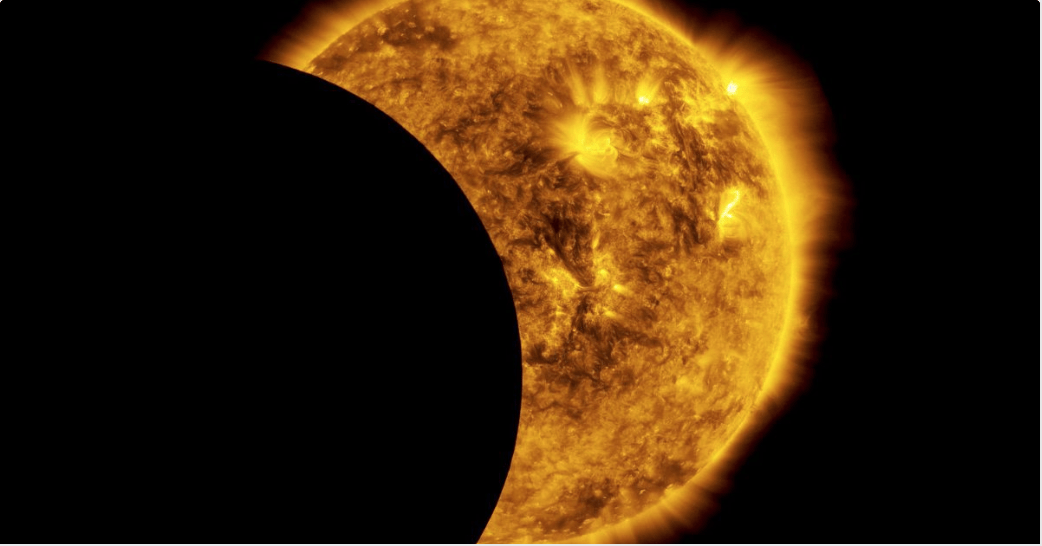
NASA has turned a lot of heads in recent years thanks to its New Worlds Mission concept – aka. Starshade. Consisting of a giant flower-shaped occulter, this proposed spacecraft is intended to be deployed alongside a space telescope (most likely the James Webb Space Telescope). It will then block the glare of distant stars, creating an artificial eclipse to make it easier to detect and study planets orbiting them.
The only problem is, this concept is expected to cost a pretty penny – an estimated $750 million to $3 billion at this point! Hence why Stanford Professor Simone D’Amico (with the help of exoplanet expert Bruce Macintosh) is proposing a scaled down version of the concept to demonstrate its effectiveness. Known as mDot, this occulter will do the same job, but at a fraction of the cost.
The purpose behind an occulter is simple. When hunting for exoplanets, astronomers are forced to rely predominantly on indirected methods – the most common being the Transit Method. This involves monitoring stars for dips in luminosity, which are attributed to planets passing between them and the observer. By measuring the rate and the frequency of these dips, astronomers are able to determine the sizes of exoplanets and their orbital periods.
As Simone D’Amico, whose lab is working on this eclipsing system, explained in a Stanford University press statement:
“With indirect measurements, you can detect objects near a star and figure out their orbit period and distance from the star. This is all important information, but with direct observation you could characterize the chemical composition of the planet and potentially observe signs of biological activity – life.”
However, this method also suffers from a substantial rate of false positives and generally requires that part of the planet’s orbit intersect a line-of-sight between the host star and Earth. Studying the exoplanets themselves is also quite difficult, since the light coming from the star is likely to be several billion times brighter than the light being reflected off the planet.
The ability to study this reflected light is of particular interest, since it would yield valuable data about the exoplanets’ atmospheres. As such, several key technologies are being developed to block out the interfering light of stars. A spacecraft equipped with an occulter is one such technology. Paired with a space telescope, this spacecraft would create an artificial eclipse in front of the star so objects around it (i.e. exoplanets) can be clearly seen.
But in addition to the significant cost of building one, there is also the issue of size and deployment. For such a mission to work, the occulter itself would need to be about the size of a baseball diamond – 27.5 meters (90 feet) in diameter. It would also need to be separated from the telescope by a distance equal to multiple Earth diameters and would have to be deployed beyond Earth’s orbit. All of this adds up to a rather pricey mission!
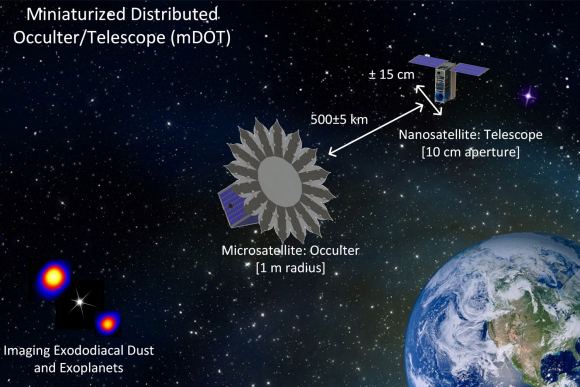
As such, D’Amico – an assistant professor and the head of the Space Rendezvous Laboratory (SRL) at Stanford – and and Bruce Macintosh (a Stanford professor of physics) teamed up to create a smaller version called the Miniaturized Distributed Occulter/Telescope (mDOT). The primary purpose of mDOT is to provide a low-cost flight demonstration of the technology, in the hopes of increasing confidence in a full-scale mission.
As Adam Koenig, a graduate student with the SRL, explained:
“So far, there has been no mission flown with the degree of sophistication that would be required for one of these exoplanet imaging observatories. When you’re asking headquarters for a few billion dollars to do something like this, it would be ideal to be able to say that we’ve already flown all of this before. This one is just bigger.”
Consisting of two parts, the mDOT system takes advantage of recent developments in miniaturization and small satellite (smallsat) technology. The first is a 100-kg microsatellite that is equipped with a 3-meter diameter starshade. The second is a 10-kg nanosatellite that carries a telescope measuring 10 cm (3.937 in) in diameter. Both components will be deployed in high Earth orbit with a nominal separation of less than 1,000 kilometers (621 mi).
With the help of colleagues from the SRL, the shape of mDOT’s starshade was reformulated to fit the constraints of a much smaller spacecraft. As Koenig explained, this scaled down and specially-designed starshade will be able to do the same job as the large-scale, flower-shaped version – and on a budget!
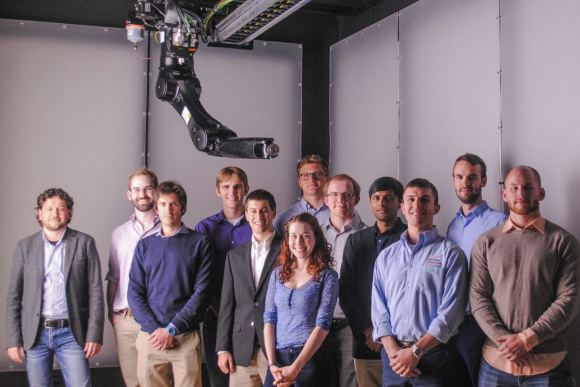
“With this special geometric shape, you can get the light diffracting around the starshade to cancel itself out,” he said. “Then, you get a very, very deep shadow right in the center. The shadow is deep enough that the light from the star won’t interfere with observations of a nearby planet.”
However, since the shadow created by mDOT’s starshade is only tens of centimeters in diameter, the nanosatellite will have do some careful maneuvering to stay within it. For this purpose, D’Amico and the SRL also designed an autonomous system for the nanosatellite, which would allow it to conduct formation maneuvers with the starshade, break formation when needed, and rendezvous with it again later.
An unfortunate limitation to the technology is the fact that it won’t be able to resolve Earth-like planets. Especially where M-type (red dwarf) stars are concerned, these planets are likely to orbit too close to their parent stars to be observed clearly. However, it will be able to resolve Jupiter-sized gas giants and help characterize exozodiacal dust concentrations around nearby stars – both of which are priorities for NASA.
In the meantime, D’Amico and his colleagues will be using the Testbed for Rendezvous and Optical Navigation (TRON) to test their mDOT concept. This facility was specially-built by D’Amico to replicate the types of complex and unique illumination conditions that are encountered by sensors in space. In the coming years, he and his team will be working to ensure that the system works before creating an eventual prototype.
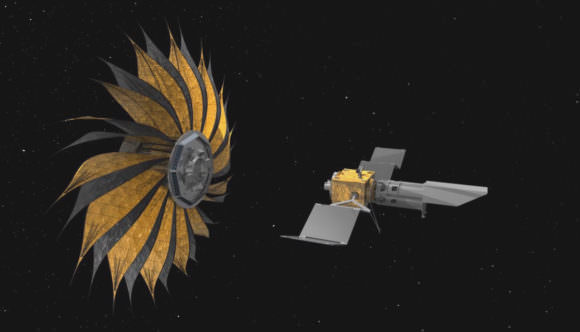
As D’Amico said of the work he and his colleagues at the SNL perform:
“I’m enthusiastic about my research program at Stanford because we’re tackling important challenges. I want to help answer fundamental questions and if you look in all current direction of space science and exploration – whether we’re trying to observe exoplanets, learn about the evolution of the universe, assemble structures in space or understand our planet – satellite formation-flying is the key enabler.”
Other projects that D’Amico and the SNL are currently engaged in include developing larger formations of tiny spacecraft (aka. “swarm satellites”). In the past, D’Amico has also collaborated with NASA on such projects as GRACE – a mission that mapped variations in Earth’s gravity field as part of the NASA Earth System Science Pathfinder (ESSP) program – and TanDEM-X, an SEA-sponsored mission which yielded 3D maps of Earth.
These and other projects which seek to leverage miniaturization for the sake of space exploration promise a new era of lower costs and greater accessibility. With applications ranging from swarms of tiny research and communications satellites to nanocraft capable of making the journey to Alpha Centauri at relativistic speeds (Breakthrough Starshot), the future of space looks pretty promising!
Be sure to check out this video of the TRON facility too, courtesy of Standford University:
Further Reading: Standford University


